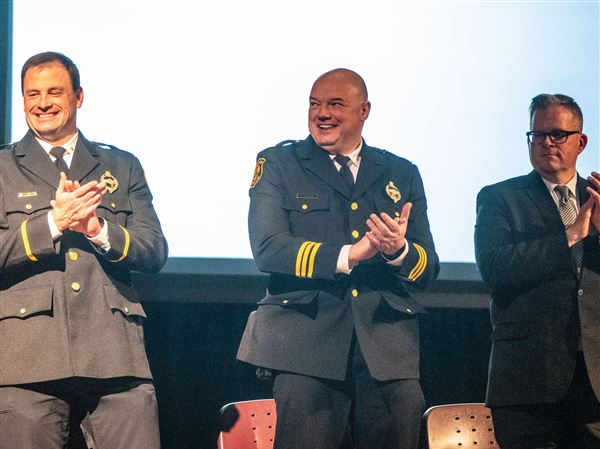A couple of years ago, I spoke at the annual William Faulkner conference in Oxford, Miss. The organizers arranged a bus tour of the Mississippi Delta so that Yankees like me could gawk at old cotton gins and blues crossroads and languid delta rivers. Among the stops was a decrepit wood-frame storefront, Bryant’s Grocery, in the tiny hamlet of Money, an unremarkable place that nonetheless gave us all a chill.
Bryant’s Grocery is one of many seemingly ordinary sites in the South marked by a vicious crime. Here in August 1955, a 14-year-old black youth from Chicago, Emmett Till, allegedly flirtatiously approached Carolyn Bryant, a white woman. Several days later, Emmett’s body surfaced, tortured and mutilated, in the nearby Tallahatchie River. Ms. Bryant’s husband Roy and his half-brother J.W. Milam were indicted, tried, and quickly acquitted. Almost immediately, “the Emmett Till case” came to epitomize the state-sanctioned racial terrorism in the South.
Simon & Schuster ($27).
Of all of the thousands of Southern lynchings since the Civil War, why did this one capture the attention not just of the nation, but of the world? Why did this trial elicit such outrage? What, in other words, made the Emmett Till case so indelible?
In “The Blood of Emmett Till,” Timothy B. Tyson argues that public revulsion at Emmett’s murder and his killers’ acquittal, in conjunction with the ongoing Montgomery bus boycott, gave a crucial boost to the civil rights movement, which had been brewing for years without capturing American public attention. The sickening brutality of the crime, and Emmett’s mother Mamie’s brave insistence that the world see her boy’s ruined body at the funeral, made this crime a tipping point.
Mr. Tyson, author of the prizewinning “Blood Done Sign My Name,” starts not with Emmett’s trip to Bryant’s Grocery but with his family history. Like so many other participants in the Great Migration north, Emmett’s mother had fled Mississippi for Chicago, but still had family there, whom Emmett was visiting when he was abducted.
Along with offering vivid portraits of Southern transplants in Chicago’s “Black Belt,” Mr. Tyson illustrates the repressive social system that lower-class Mississippi whites such as Ms. Bryant had to navigate, and the power that sheriffs and country judges wielded over their poor, uneducated citizens. Those who ran this system pitted poor whites against blacks in order to maintain their dominance.
News, and the ghastly pictures, of the crime quickly spread across the country and abroad. While the white press of the time covered the crime as another regrettable example of the South’s peculiar folkways, the nation’s network of black newspapers (including the influential Pittsburgh Courier) worked hard to stoke moral outrage.
After the world press picked up the story, William Faulkner himself addressed the Emmett Till crime at a Rome press conference. “If we in America have reached the point in our desperate culture where we must murder children,” he answered, “we don’t deserve to survive and probably won’t.”
This powerful, moving book doesn’t feature much groundbreaking new research. Mr. Tyson’s sources were largely previously public — newspaper accounts, congressional hearings, press releases, political speeches. But he has expertly unearthed and synthesized them to give a fuller picture than we’ve ever had of the minute-by-minute details of the crime, and of what people were saying and thinking about the Emmett Till case as it unfolded. It will certainly be the definitive account of this crucial catalyst for the civil rights struggle.
What new information that Mr. Tyson offers is sickening but not surprising. Carolyn Bryant, Emmett’s “victim,” testified in the 1955 trial that Emmett had grabbed her and talked in obscene terms about how he’d seduced white women before. The prohibition against sexual contact between black men and white women was the cornerstone of white supremacy, and so to any Mississippi jury Emmett’s actions merited immediate retaliation. But in a 2008 interview with Mr. Tyson, Ms. Bryan disavowed her damning testimony, admitting that none of it was true. Emmett Till had never touched her. It was all a lie.
Greg Barnhisel is Professor and Chair of the Dept. of English, Duquesne University.
First Published: February 26, 2017, 5:00 a.m.














